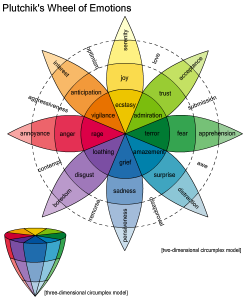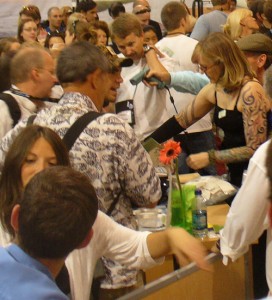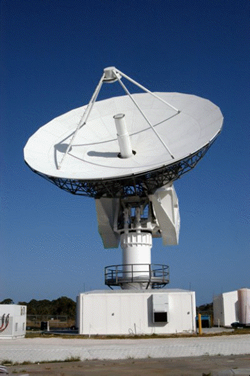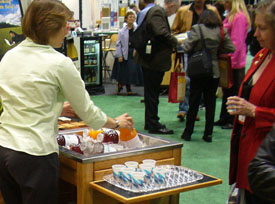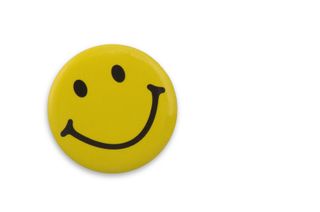The Cold Call I Got Today

Cold calling isn’t rocket science. If you’re in sales, you gotta do them at some point in your career. Heck, I do cold calling on occasion. You never know what you’re going to get. But before I pick up the phone, I want to make sure I have a good prospect. So I ask questions of myself:
Do I know if this company exhibits at shows? If so, what shows? Who’s the person that directs that effort? Is he/she the decision maker? What have they done in the past? How many shows a year do they currently attend?
Y’know, that kind of thing. A little ‘market research’ so you might have a clue as to where a conversation might go, or to perhaps keep up if it takes a swift turn.
This morning I received a cold call from a sales woman who hadn’t done much of anything before dialing my number:
She: Hi, I’m with (insert company name). Do you do any business with the federal government?Me: Yes…But I’m not sure exactly what it is you want from me. We already do a fair amount of business with the federal government.She: You do? I’m not sure exactly what it is you do.Me: Well, I suppose if you’d bothered to check out our website or do a little research on our company so you’d know what you’re talking about when you tried to sell something it would help. Which is what I do before I cold call someone.She: So you’re not interested?Me: It doesn’t sound like you know what we do. Did you even try and find out what it is we do before you called us?She: (giving up waaaay too easily): Well, I hope you have a nice day. Thank you for your t— (hangs up)
Hey, don’t give up so quickly! I might be interested in at least hearing your pitch – but by not getting a specific answer, and abandoning the effort, it was a wasted call all around.
At a tradeshow it’s a different beast altogether. It’s almost as if you’re allowed to ‘cold call’ without doing an research. People walk up to your booth, you start zinging them some pre-planned questions. Based on their answers, you quickly determine if they’re a prospect or not. But you still will be in a better position if your questions are well-thought-out to elicit responses that pertain directly to your product or service.

photo credit: 1Happysnapper (photography)

